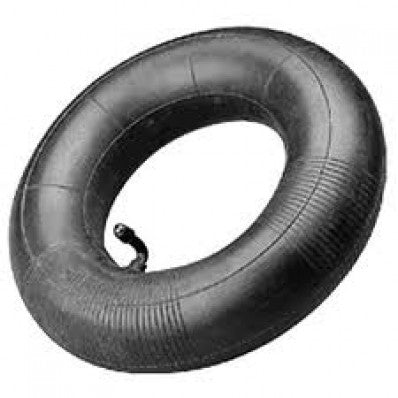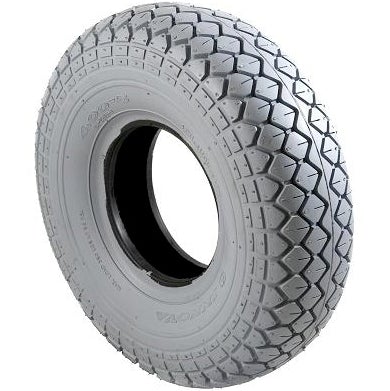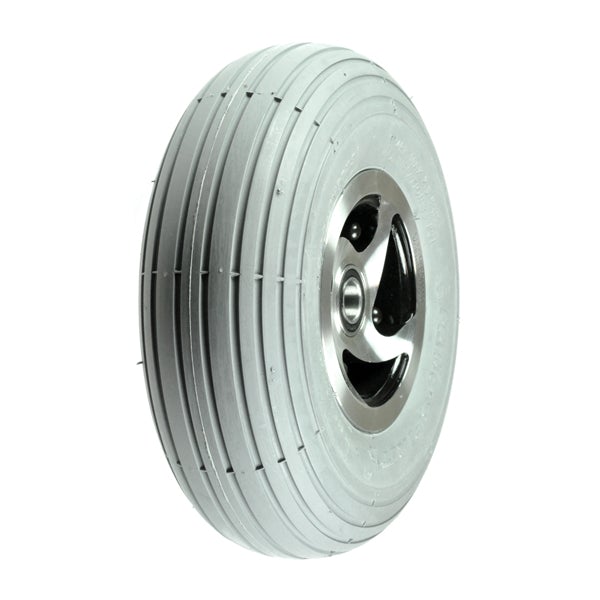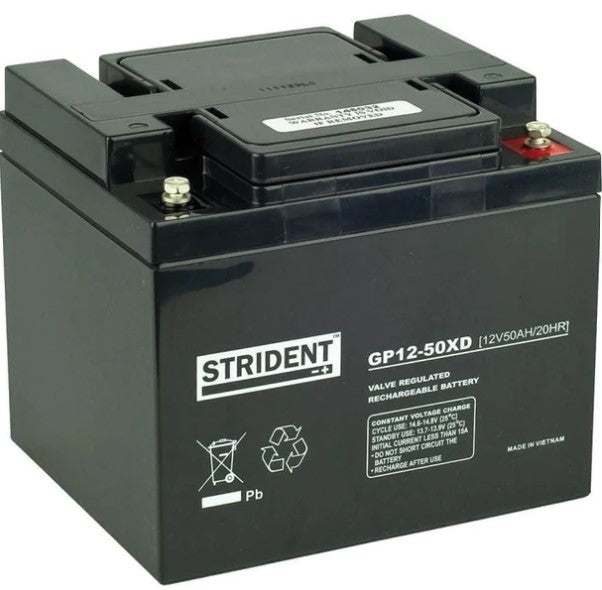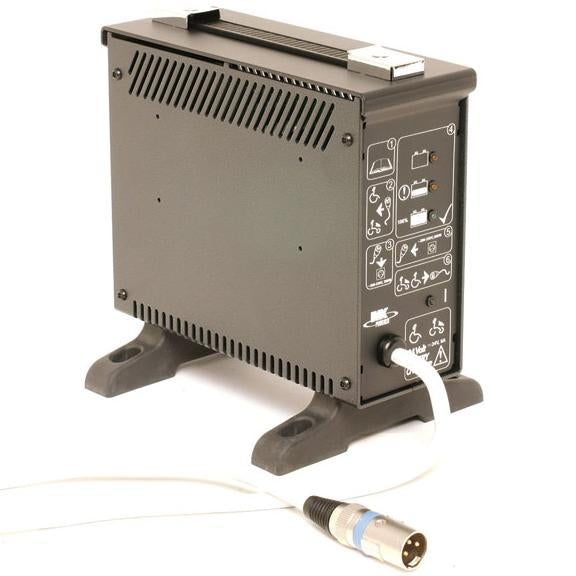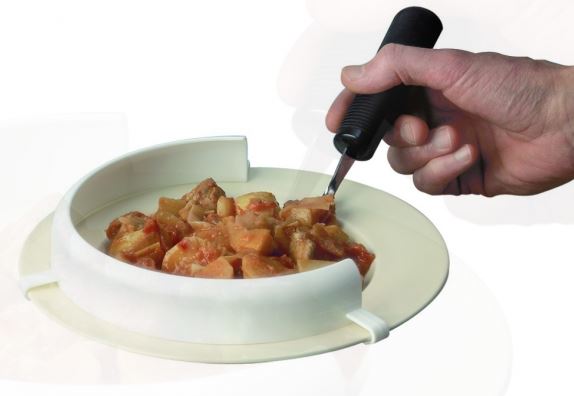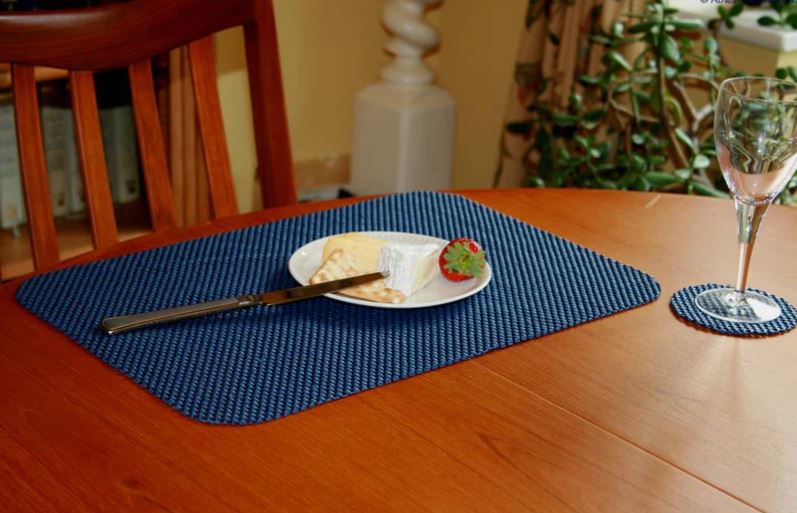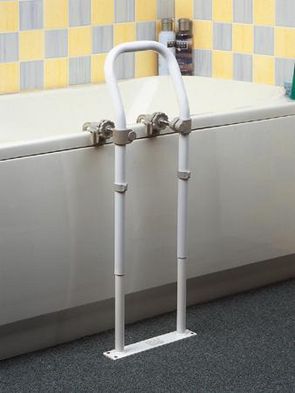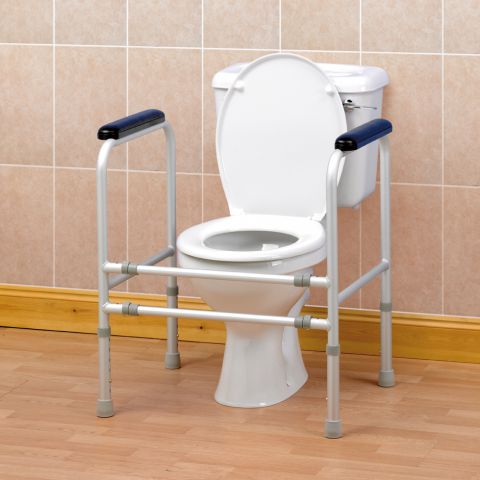The Different Types of Mobility Scooter
If you are looking to purchase a mobility scooter, it is important that you pick one that suits your lifestyle and your needs.
When it comes to different types of mobility scooters, there are three main designs to choose from.
Read on to discover what these are, the main benefits of each one, and how you can make sure you choose the right mobility scooter for you.
Small mobility scooters (Boot scooters)
Small mobility scooters are light and easy to move around, and they can typically be dismantled into several parts so that you can place them in the boot of your car.
This type of mobility scooter is often made with a lighter frame, which, although easier to lift, does mean that they often have a weight restriction.
Further considerations include:
- Not suitable for use on the road
- Can be used indoors
- Have a lower maximum weight capacity of around 21 stone
- Have a smaller battery – typically up to 10 miles before recharging is needed
- Best for short journeys
Medium mobility scooters
Medium mobility scooters can travel faster than small scooters and can also transport more weight. However, they are not as easy to lift or fold away, and dismantling takes longer than with a smaller model.
Further considerations include:
- A greater range of around 20 miles
- Greater weight capacity ranging from 21 to 25 stone
- Wider turning circle than smaller models
- Road legal, so need to be registered with the DVLA
Large mobility scooters (Road scooters)
If you want to travel longer distances and ride on different terrains, then a large mobility scooter is your best option. These can typically accommodate weights between 20 to 30 stone and can travel up to 8mph on the road.
It is worth noting that these scooters are classified as Class 3 products by the Department for Transport which means they need to be registered with the DVLA.
Further considerations include:
- Can be used on the road
- Feature larger seats
- Greater battery range
- Require a storage space in a secure area
- Includes lights, indicators, and a horn
- Not easily transportable
Three or four wheels?
Depending on the range of mobility scooter that you prefer, you may have the option to choose between a three or four-wheel scooter.
Three-wheel scooters offer better manoeuvrability due to their tight turning radius, whereas four-wheeled scooters are better suited to rough terrains as they have more stability.
What is the difference between a Class 2 and Class 3 mobility scooter?
Class 2 scooters are powered wheelchairs that are sometimes referred to as lightweight or boot scooters. These have a top speed of 4mph which makes them ideal for going out shopping or on days out with friends and family. Class 2 scooters can only be driven on pavements, not on the road which means there is no need to tax this type of mobility scooter, and it isn’t a legal requirement to have insurance.
Class 3 scooters, also known as road class scooters, are larger than Class 2 scooters and look more like a small car than a mobility scooter. These scooters can travel up to 8mph and can be driven on the roads as they are fitted with lights and wing mirrors.
You do not need a licence to drive a Class 3 mobility scooter, nor do you need to pay tax, but you do need to register the scooter with the DVLA.
Which type of mobility scooter is best for me?
Before choosing a mobility scooter, you need to think carefully about what you will be using it for.
Are you planning to just travel short distances, or do you want to be able to travel further on your scooter?
Do you want to be able to fold your scooter up and put it in your car, or do you want the independence to go anywhere in your scooter without the need for other transportation?
You also need to consider your budget as the larger models of mobility scooters are significantly more expensive than the smaller models.
In terms of storage, if you opt for a large scooter, you need to make sure that you have somewhere to store it when it is not in use, such as a garage. You also need somewhere to charge the battery.
Do you need spare parts for your mobility scooter? Browse our extensive selection of low-cost spare parts here or get in touch with our friendly team for more information.

